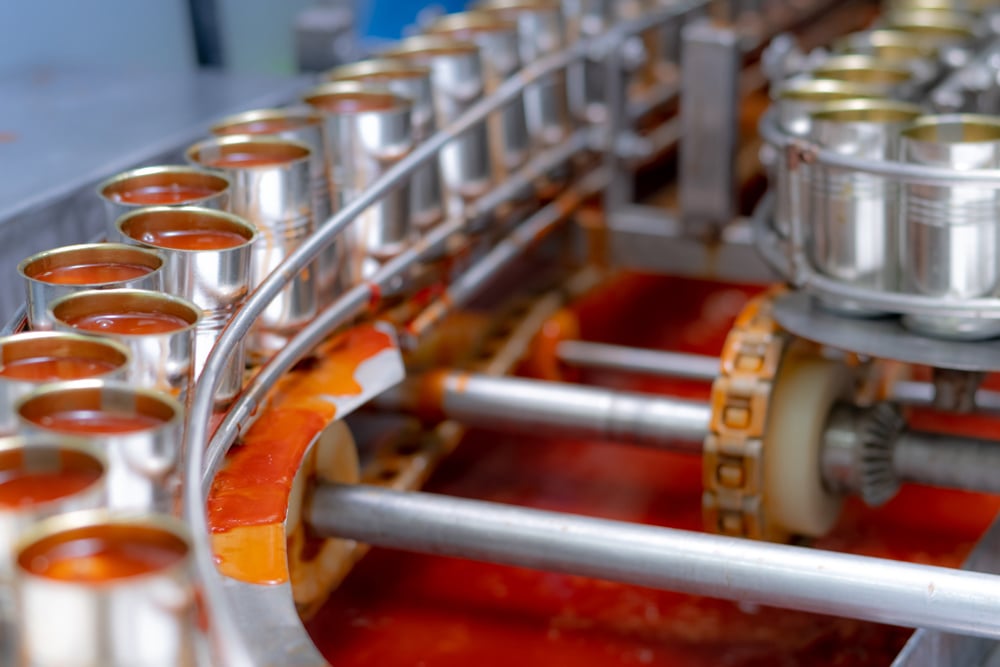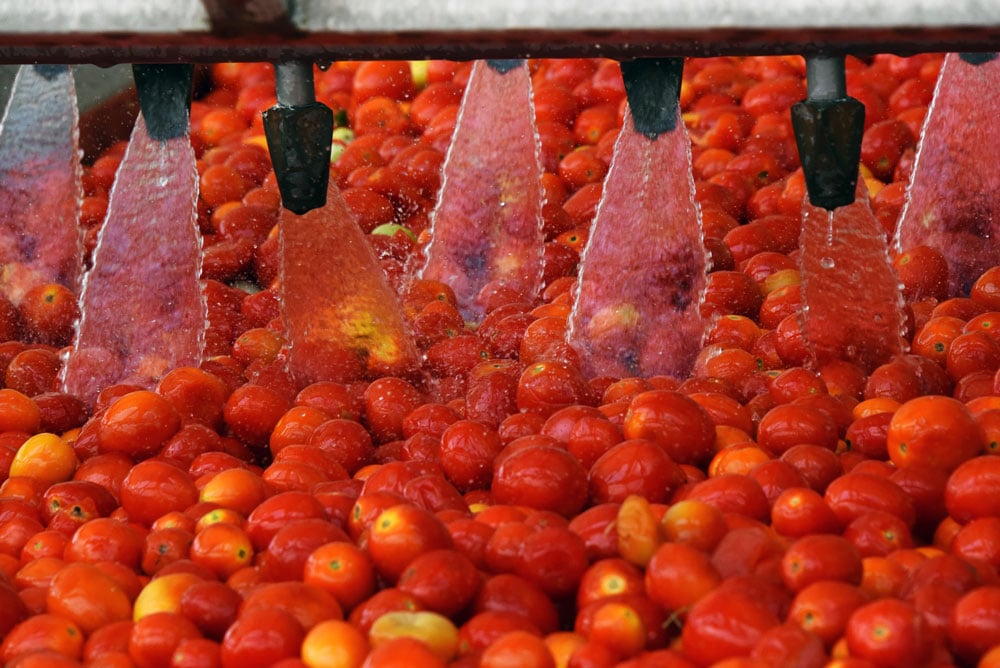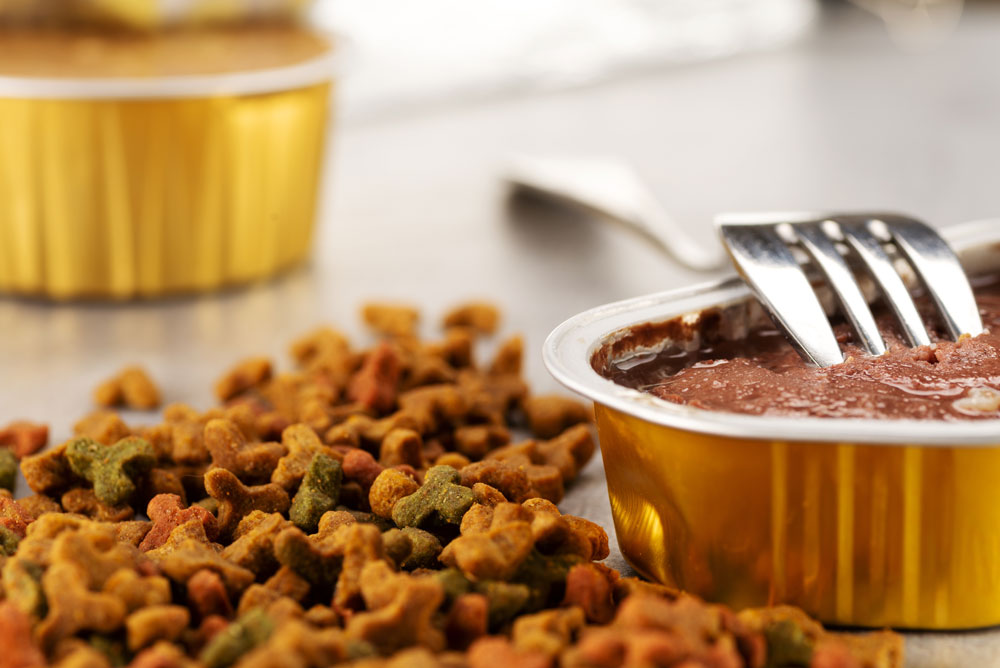All areas of the food and beverage industry have strict sanitation requirements they are expected to follow. With the emergence of COVID-19, these requirements have changed, and the need to ensure proper sanitation is more significant than ever.
These facilities, much like all food and beverage facilities, are held to high safety and sanitation standards. With the emergence of COVID-19, these sanitation requirements have evolved and become stricter than ever before. You want to do everything possible to ensure your facility is as clean as possible to prevent contamination of any form.
TIPS FOR KEEPING A HYGIENIC COFFEE FACILITY
Coffee roasters and processing plants have the same legal requirements as other food and beverage processing facilities, including strict sanitation standards. Here are 5 tips to make coffee facility sanitation as easy as possible:
1. CREATE A DETAILED SANITATION STANDARD OPERATING PROCEDURE (SSOP)
A regular Standard Operating Procedure is a detailed, step-by-step set of instructions created to help workers carry out various procedures within the business or facility. The SSOP focuses specifically on procedures related to sanitation. It includes detailed instructions on what to clean, how to clean them and how often, and what information is necessary for recordkeeping.
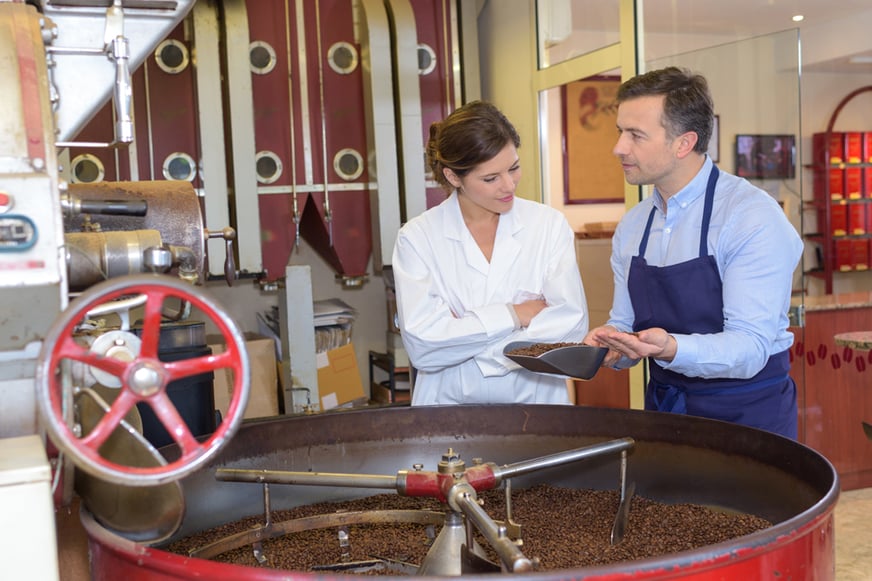
It is essential not to overlook anything regarding sanitation, especially spaces. You should include break rooms, restrooms, offices, and loading docks in your SSOP, as these areas can lead to serious sanitation issues. Other aspects to consider for your SSOP include employee hygiene.
2. ROUTINELY REVIEW AND EVALUATE PROCEDURES
Like with everything, over time, things like technology and the needs of a facility can change. As this happens, you must stay up to date with the latest requirements and technology related to sanitation. To do so, you want to routinely review your SSOP for its effectiveness. This includes seeing how easy it is for employees to follow the written instructions and if the methods in the SSOP are effective in getting rid of bacteria and contamination.
3. KNOW HOW TO USE YOUR CLEANING AGENTS
Commercial cleaning agents are potent products that must be selected and used with care. It is also important to note that not all commercial agents on the market are suitable for coffee facility sanitation. It is essential to research and determine the best options for your needs, and to know how to use them.
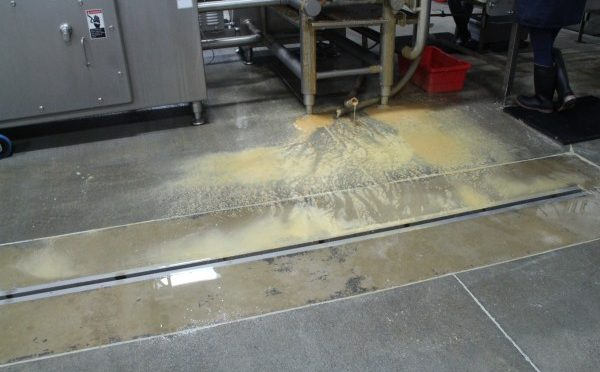
Commercial cleaning agents are potent products that must be selected and used with care. It is also important to note that not all commercial agents on the market are suitable for coffee facility sanitation. It is essential to research and determine the best options for your needs and to know how to use them.
4. PERFORM A PRE-CLEANING
You never want to start your cleaning procedures by using your expensive cleaning agents and sanitizers right away. Doing so would render them less, if not entirely, ineffective. For the most thorough and effective cleaning, employees should perform a pre-cleaning to remove all visible dirt and debris. Water is all you should need for a pre-cleaning. This additional step can make a significant difference in how effectively the rest of the cleaning and sanitation procedures work.
5. INSTALL SANITARY DRAINAGE
Maintaining a sanitary facility doesn’t just mean cleaning at the end of every day; it also means investing in equipment designed with sanitation in mind. One piece of sanitary equipment that is sometimes overlooked is a floor drainage system, which helps move wastewater from the floor to an appropriate outlet, significantly minimizing the chance of bacteria growth and contamination from becoming an issue.
.png?width=600&name=pasted%20image%200%20(26).png)
FoodSafe Drains is a company dedicated to designing sanitary drainage solutions for the food and beverage industries. One popular option they offer is the Slot Drain, a modernized take on the trench drain that does not require a grate cover. They offer three different versions of the Slot Drain: the 10,000 Series, which is designated for highly regulated facilities; the 6,000 Series, designed for shallow depth requirements starting at 2-inches; and the 6,000 PLUS Series, which is an upgraded version of the previously mentioned 6,000 Series and can handle higher flow rates.
.jpeg?width=600&name=IMG_0059%20(1).jpeg)
Another FoodSafe Drain option is the Trench Drain, which has higher flow rate capacities than the Slot Drain and makes solids removal easy. The FoodSafe trench drain comes in rounded and v-shaped bottom options. The last option is the FoodSafe area drain, which can be square or round. These are smaller systems that you would need to put in various spots throughout the facility for maximum drainage.
KEEPING COFFEE ROASTING SAFE AND SANITARY WITH FOODSAFE DRAINS
Many people cannot make it through their day without at least one cup of coffee, in one form or another. The demand for coffee means coffee facilities are always busy turning out products, and their space needs to be prepared. Having the ingredients and staff is part of the preparedness, but maintaining a high level of sanitation is another, and equally vital, part.
Sanitation is essential for coffee roasting and processing facilities, and these 5 tips can help facility owners and managers ensure the highest levels of coffee facility sanitation possible. When it comes to securing the best drainage for your facility, contact the professionals at FoodSafe Drains today.
